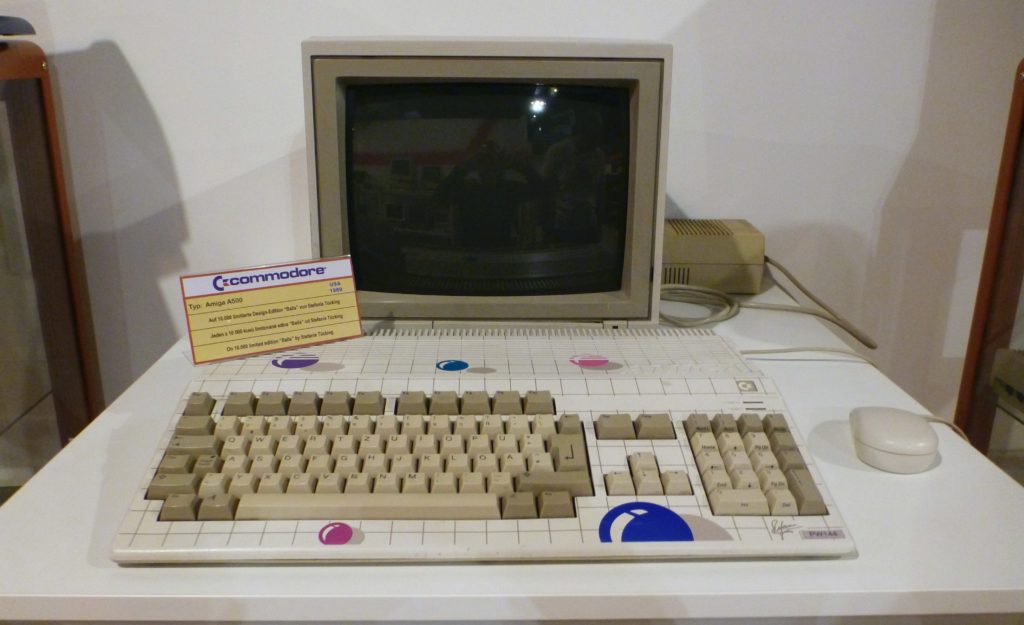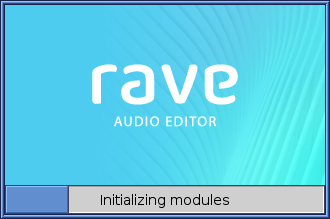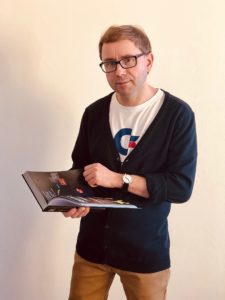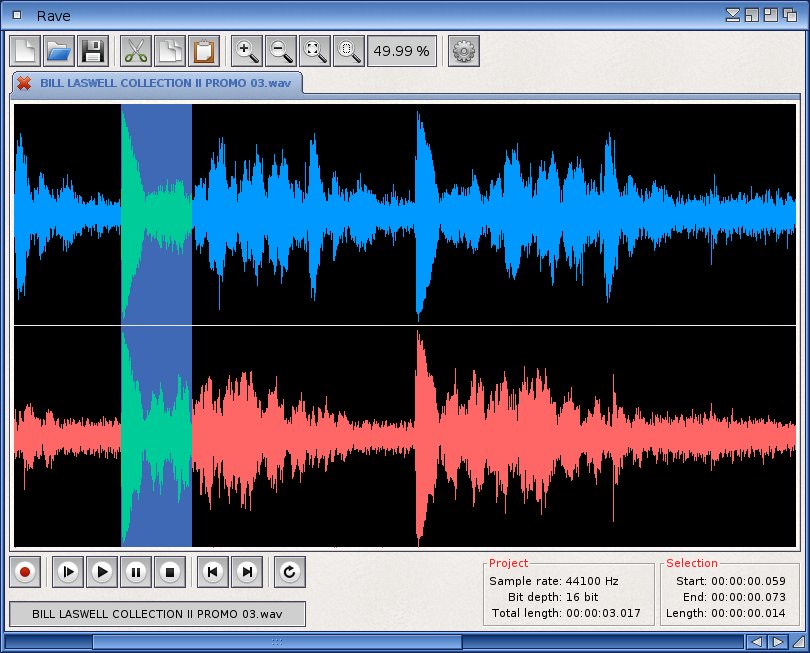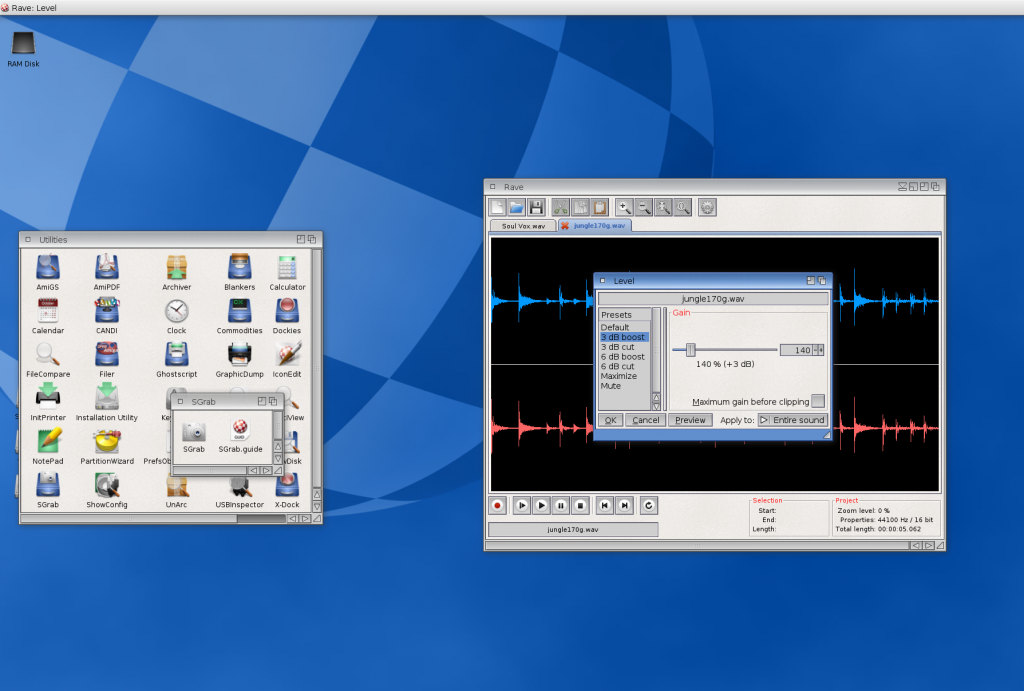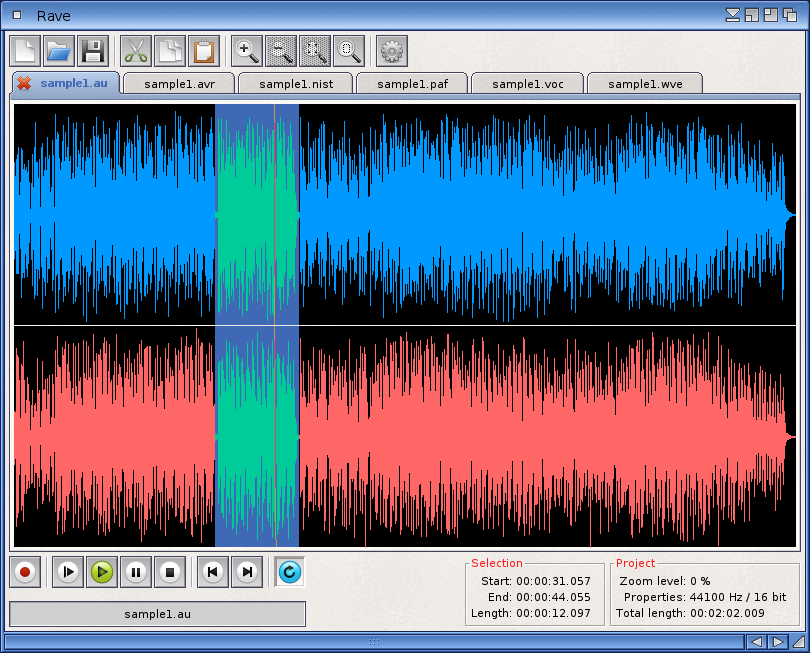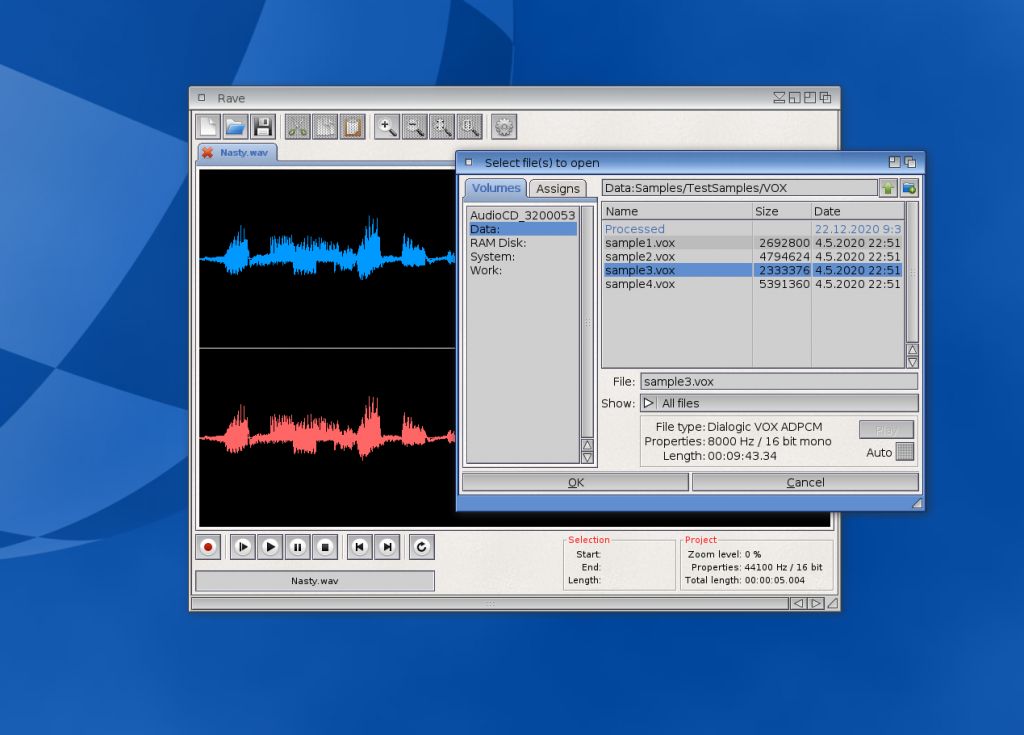Sitting at my old demo group’s 30th anniversary party (which I mentioned in this blog post), I had no inkling that we were in fact reviving a tradition. I’m happy to say that since that first reunion, we’ve been meeting on a fairly regular basis to compare notes, play with our machines and discuss all things Amiga. We’re now a mixed bunch consisting of retro hardware collectors, next-gen enthusiasts (yes, me) and occasional emulation users, but the meetings are always great fun!
Although the hotel that hosted our anniversary get-together was great, we felt that for future meetings we had better look for a less formal venue. And it didn’t take much brainstorming to come up with one. High on our mental list was a cabin at the shore of the Vranov Lake, a place near the border with Austria where we last stayed in mid-1990s. At that time, the Czech Amiga demoscene was having its finest moments, and the poor cabin saw the leading scene groups coming down for annual summer parties (which we now like to present as legendary). “Is the cabin still available for hiring?” we asked Lagya of the Guru Team, who used to organize the parties. He promised to find out with the owner, and in a few days the answer came that we got the green light. This was last September, and our very laid-back revival weekend at the cabin left no one doubting that we’d hit the lakeside again this year.
I took a day off work so that I could arrive on Thursday evening, because weekends in the countryside always feel too short. Erm… okay, I’ll own up: the real reason was that Human Factor (our group’s graphic artist and co-founder) offered to drive me in his Tesla. As a non-driver I don’t care about cars very much, but I must admit that the Model S is a slick and comfortable vehicle – and more importantly, the rides with Human Factor are always good value because of the talks we have. The two of us really go way back! In the Amiga days we tried to make a name in the game development business, and like many other sceners dreamed of turning our creative skills into a paid job. But while I chickened out after a few unsuccessful projects (and instead pursued a safe, salaried career), Human Factor didn’t give up trying, and after a few bumpy years his company Krieg Games started making some serious bucks on mobile platforms. I’m really happy for him – especially as he never hesitates to acknowledge that the Amiga played a key role in his professional upbringing.
Upon arriving at the lake, I realized to my horror that in the hustle of packing (combined with the darkness of the storage room) I had grabbed the wrong monitor stand, which wouldn’t hold my 24″ screen. The ugly DIY that I performed to make it fit would surely cause some raised eyebrows at Hewlett-Packard, but at least the situation was saved and I could finally hook up my X5000. The Classic section was represented by two MiSTer FPGA computers – a new thing at the party but one that quickly won us over. The sheer number of systems this little box can emulate is very impressive, and the level of Amiga compatibility is so high that nobody seemed to miss the two genuine A500s we had there last year. At one point I was seriously considering putting the MiSTer on my Christmas wish list, but second thoughts crept in as I pictured the look on my dear wife’s face. You know, the look that says “Is this power brick really a computer?!”
None of my pals in our group owns a next-generation Amiga system, and I’ve never tried to coax them into buying one. They haven’t experienced the turbulent excitement of Amiga’s PowerPC transition, so they might not see a point in getting a toy to which – unlike to the Classic Amiga – they have no emotional attachment. Still, I always like to take the opportunity to demonstrate OS4 and the latest developments on the platform. One reason is that when my X5000 boots up and shows the Workbench screen, people often tend to regard it as little more than a prettied-up, high-resolution version of AmigaOS running on PowerPC. It’s good to show them that despite its troubled history and uneven development, OS4 brings more than just eye candy. So at last year’s Vranov party I previewed the Emotion media player with hardware-accelerated video playback, put the finishing touches to my Mindsurfin’ demo tune in the OS4 version of MilkyTracker, and played some games that had recently been ported to the platform thanks to the new 3D enhancements.
This year I didn’t have any heavy-hitting stuff to surprise with, so my system got less focus than it normally would (also thanks to the heavy competition from the two MiSTer machines). But it was heard all right, for during meal times and talks I streamed various online radios with the help of George Sokianos’ new tuner application MediaVault. The SID Station, a chip music-oriented radio based in Holland, became an instant favourite, so there was a lot of bleeping in the room. The incredible works of Matt Gray, Rob Hubbard or Chris Huelsbeck cannot hope for much airplay at home when your wife’s around, but among computer geeks with 8-bit roots, the music always reaches the right ears.
Anyway, back to MediaVault. It really is one of those under-appreciated little programs that spice up your computing life – and I’m very proud to have contributed a small bit of code to it in its early stages. MediaVault is also one of the things I’ll want to show next time somebody asks, “So what can your glorious OS4 machine do that my Classic Amiga can’t?” George has recently updated his freeware program to cover podcast support, which brings a whole new level of fun and makes MediaVault a perfect solution for your online listening. He has also set up a page on Ko-fi.com, a Patreon-like website where he frequently posts news and development progress updates. We all know that talented AmigaOS4 programmers don’t grow on trees, so why not buy George a nice cup of coffee to support his efforts and show your appreciation? Hell yeah, let’s turn him into a caffeine addict!
Oh, the smell of fresh brew, the smell of morning! I’m an early riser, which gave me about two hours of peace and quiet before the other guys crawled out of their beds. I made good use of this solitary time (and the coffee) to further work on my Rave audio editor, specifically, on the new Process menu, which is shaping up very nicely. At the cabin I was able to add a Fade plugin, which at this point is still very basic, but as it sits on top of Rave’s object-oriented plugin framework, new functionality can easily be added without touching the main program code. My very short-term goal is to add support for logarithmic fading. Essential in professional audio, this feature is in fact a rare find in the Amiga world. Now that I think of it, of all Amiga sound editors I’ve ever used, Stefan Kost’s SoundFX is the only one that can do logarithmic fades – but like everything else in SoundFX, they’re rather complicated to set up there. I’m sure AmigaOS4 composers and sound designers will find them a welcome addition once my Fade plugin gets updated. Other Process menu functions I’ve recently finished include audio channel swapping and conversion, the latter featuring 64-bit floating-point precision mixing for stereo-to-mono conversions.
But the morning time I spent tickling the Rave code was just a nice little extra, a few private hours in which I deliberately allowed work to prevail over fun. There were many great moments at the party – and not just because we had beer on tap and you could self-service yourself to oblivion. Or because you didn’t need to feel awkward watching quirky demos you made quarter a century ago. Thanks to the emulation capabilities of the MiSTer, I was able to correct some of my Amiga-centric views of what other historical computer platforms had to offer, which was an illuminating experience. With quite some trepidation I watched Lagya’s efforts to bring a dead A500 back to life, and I felt a lot of relief that my X5000 saves me from this kind of hardware voodoo; an illuminating experience again. I made a lasting impression on my mates by cooking my trademark goulash, which some of them had the opportunity to see one more time after a bumpy car ride; this experience was not illuminating at all.

But the high-point of the party was our Saturday afternoon visit to the Terra Technica Time Travel Museum in Hatě. I hadn’t heard of the place or visited a similar one before, which added to the power of my experience and turned our trip into an unheralded gem of the weekend. Located just a few kilometers from the Austrian border (and owned by an Austrian guy called Ronnie Seunig), the museum presents itself as “the world’s largest museum of jukeboxes and pinball machines”. Such a description would leave me perfectly cold if, in fact, the place weren’t much more than just that. While the jukebox and the pinball halls were cool with their flashy, deliberately overdone American feel, we preferred to spent more time in the Pixelworld. This video games section of the museum had all the retro computers we love, plus over a dozen machines we had never seen in real life. There were several Amigas including two rare A500 models from Commodore Germany’s 1989 “New Art Limited Edition”, featuring trendy cases designed by the late Stefanie Tücking. I bought my first Amiga in Germany, and I remember I almost went for the ball design A500 because the computer shop was eager to drum up the sales of the Limited Edition, but after some internal struggle I bought the regular one. Silly me. If only my visual taste had been less conservative: I could have a collector’s item now!
When it comes to video games, I must not forget a battery of arcade cabinets they had in a separate hall. Some of these were very old, predating the late 1970s/early 80s arcade game boom, and you simply had to marvel at the resourcefulness of the people who were able to design such wonderful machines through purely electro-mechanical means. Many (if not all, I didn’t check) cabinets were token-operated and playable, just like the pinballs in the other hall. How could we possibly pass up on such an opportunity to relive a bit of our childhood days? I can tell you that a lot of hard-earned cash fell into the token dispenser before we moved on to the last (and newest) section of the museum. The Sound & Vision room, while much lower on the hands-on factor compared to the games hall, was a great place to round off our visit. As the name suggests, this section is dedicated to the history of audio-visual technology. And as if the museum owner thought we hadn’t seen enough interesting gadgets, we found ourselves surrounded by a plethora of historical devices, tools and media, from Edison’s phonograph through shellac discs to early digital recorders. You bet that my audiophile heart bounced with joy!
And then it was Sunday and it was time to put our computers back into their transport boxes, finish the keg, and wrap the party up. Interestingly enough, although we extended our lakeside weekend by one day this year, we were still in the mood for more. Must be some kind of Amiga paradox because this is a feeling I get from almost any Amiga-related event I attend. Another paradox is that I needed almost two months to cover our four-day party, but this is because family matters got in the way unfortunately. I nevertheless hope you’ve enjoyed this belated report as much as we enjoyed our geeky get-together. There’s every indication that it will turn into an annual fixture, so Amigas on the lake are there to stay!




